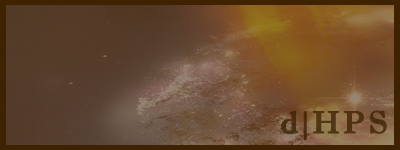Welcome to the homepage of the Vogon software!
Vogon is a desktop application to annotate texts with contextualized triples written in Java and is based on the Eclipse Rich Client Platform. It is being developed by the Digital Innovation Group in the Center for Biology and Society at Arizona State University. Vogon is open-source software, which means that you can download and use it for free. You can also download its code and modify it to your needs. Vogon is one component of a bigger text analysis system. If you want to use Vogon to its full extent, please also check out Conceptpower, Wordpower, and Quadriga.
What can you use Vogon for?
Vogon is a text annotation application, which means that you can use it to create annotations for texts. However, the annotations Vogon creates are of a very specific kind; they are contextualized triples or quadruples. This doesn't tell you much? Let's look at an example. Assume that a text contains the sentence "Hans attended Arizona State University." This sentence talks about Hans, Arizona State University, and the relationship between these two things (namely that Hans attended this specific university). An annotation for this sentence could therefore be a subject, predicate, object triple of the form "Hans - attended - Arizona State University." In Vogon, this triple is a contextualized triple, because Vogon attaches a so-called "context" to it that contains information about the text you're annotating and the person annotating the text.
Why would you want to create quadruples?
There are several reasons why you would want to create quadruples, let's look at a very simple example. Imagine you have a text talking about several people, where they were born, what schools they attended, with whom they were friends, where they died, etc. You want to make the data in the text available in a form that makes it very easy to find out if two people have connections to the same place and if two people were friends or knew each other. In order to that, you want ot create a map with dots on it for each person and links between two persons if they knew each other. You could use Vogon two create such a network of people and places by creating quadruples such as "Person A - knows - Person B" and "Person B - attends - College C." Once the network is created you can use Vogon to export the network in a format to visualize it with your favorite mapping tool.
News
-
Vogon has a new website! Look around and tell us how we did!
January 13, 2014
-
Vogon has a new tutorial written by Ken Aiello! It's still in beta status, so please tell us what we should change!
September 27, 2013
-
Vogon now provides an interface that displays the network you're building while annotating your text.
June 5, 2013



